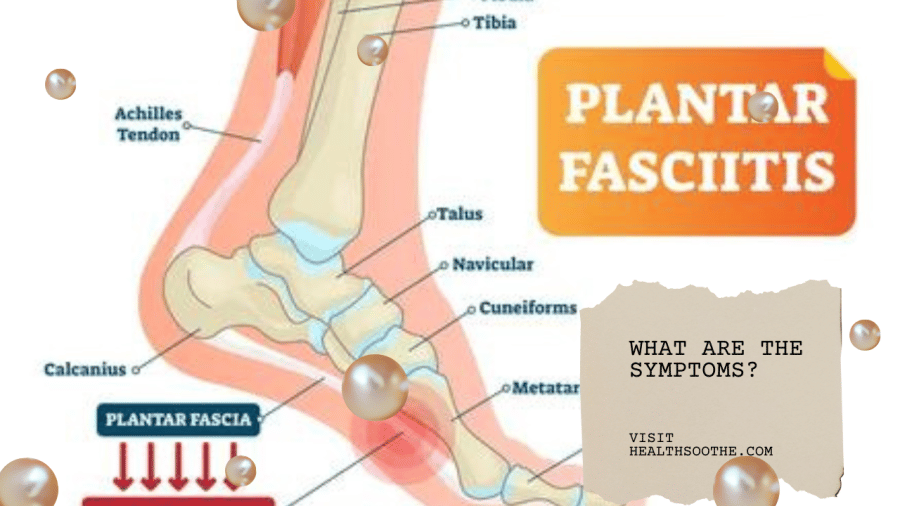Your heels hurt, and it seems like nothing you do makes the pain go away. You’ve tried everything from new shoes to massing your aching feet, and the discomfort continues.
If that situation sounds familiar, you might be suffering from a condition called plantar fasciitis (plant-tur fas-e-I-tis). This foot problem is one of the most commonly seen by podiatrists in Burwood and around the world and is arguably one of the most painful.
Plantar Fasciitis, In Summary
The plantar fascia is the tissue that connects the bone along your heel to your toes. The tissue is thick, keeping your bones cushioned from regular impact, but when it gets inflamed, any contact with it spreads stabbing pain across the whole extremity.
For most people, the pain is the worst when they first stand up in the morning. Pushing on the tissue after hours of no weight-bearing causes discomfort, but it typically goes away with movement. However, you may also notice the pain after standing for long periods or after sitting.
Symptoms and Risk Factors
The symptoms of plantar fasciitis are consistent. You’ll notice the bottom of your foot hurts, possibly feeling and looking swollen. The pain is often described as a “stabbing sensation” that occurs near the heel of your foot.
Anyone is at risk for this condition, although it tends to occur most commonly in those who are overweight and those who use their feet intensely, such as runners. Other risk factors that make a person more susceptible to developing plantar fasciitis include:
- Exercise that puts significant strain on your heel and the attached tissues, such as ballet and long-distance running, even on the treadmill. Wearing shoes without support and insulation increases the damage to the heel and surrounding tissues.
- Age, as the condition occurs predominantly in those between 40 and 60, although gender does not play a role.
- The shape of your foot. Those with high arches or abnormal walking patterns are prone to plantar fasciitis as their strides add extra stress to the plantar fascia.
- Your occupation if it involves standing on your feet for long stretches, such as in fast food restaurants, grocery workers, and restaurant work.
The thing to keep in mind about your body is that although it’s strong, it can always be overtaxed. When you stress the plantar fascia tissue, it causes inflammation that’s felt throughout the entire foot.
How to Prevent and Care for Plantar Fasciitis
As with any band of tissues, ligaments, muscles, or tendons in your body, the key to preventing or controlling plantar fasciitis is to be cautious about how you use your feet. Wear comfortable, supportive shoes that support your foot’s natural arch and absorb the shock of movement.
Try to avoid repetitive motions that can create small tears in the fascia and cause inflammation. If your job or hobbies involve standing for long periods or jarring impact to the feet, the right shoes are even more crucial. It’s also important for you to retrain your body in the proper way to stand, walk, and run for ideal weight distribution.
If you’re dealing with symptoms of plantar fasciitis, your podiatrist can help you learn those weight distribution stances and other techniques to relieve pain. Once you recognize the symptoms and what’s causing the problem, you’ll begin to learn how to avoid the triggers and relieve the discomfort quickly.
Treatment for Plantar Fasciitis
Platelet-rich plasma or PRP for plantar fasciitis involves drawing a small sample of the patient’s blood, processing it to concentrate growth factors and platelets, and injecting it into the affected area. The growth factors in PRP may promote tissue healing, reduce inflammation, and offer a minimally invasive treatment option. Conservative treatments like rest, physical therapy, orthotics, and medications are also commonly used, with surgery considered in severe or long-lasting cases.
Shockwave therapy and taping techniques can offer temporary relief, and weight management is important for reducing pressure on the feet. Surgical options may be considered, like plantar fascia release or tissue removal, where conservative treatments prove ineffective.
Seeking medical attention for plantar fasciitis and its complications is vital in various circumstances. If you experience persistent and severe heel pain, particularly when it significantly impacts your mobility and daily activities, it’s crucial to consult a healthcare professional. Any signs of infection around the affected area should prompt immediate medical consultation.
Heel spurs or nerve entrapment associated with plantar fasciitis may also necessitate specialized care or surgery. For individuals with existing medical conditions, it’s important to promptly address any complications. Early intervention and proper medical care can effectively manage plantar fasciitis.

Isreal olabanji a dental assistant and public health professionals and has years of experience in assisting the dentist with all sorts of dental issues.
We regularly post timely and trustworthy medical information and news on Fitness, Dental care, Recipes, Child health, obstetrics, and more.


